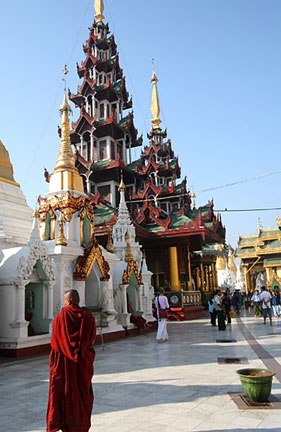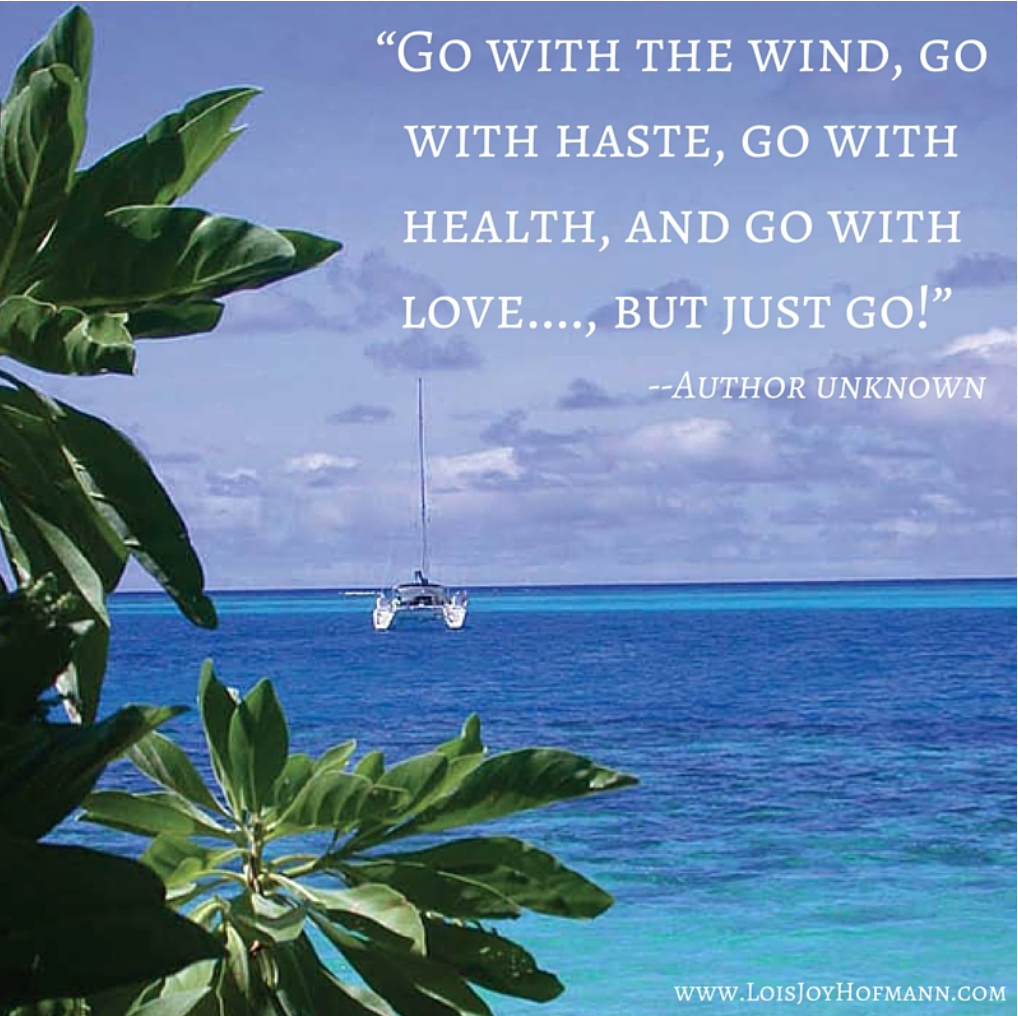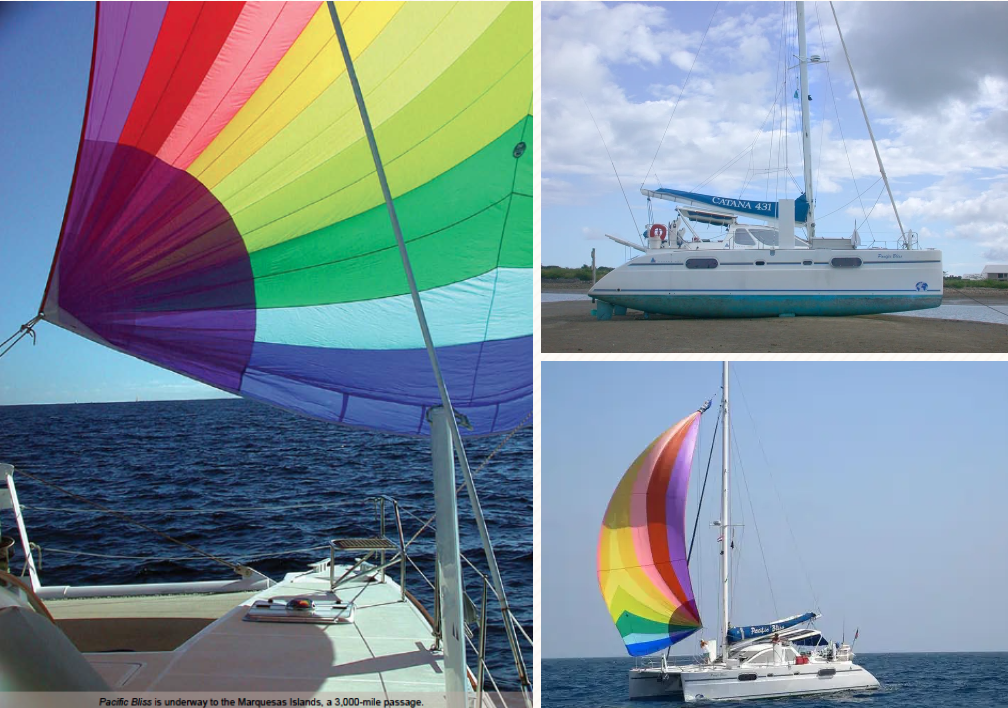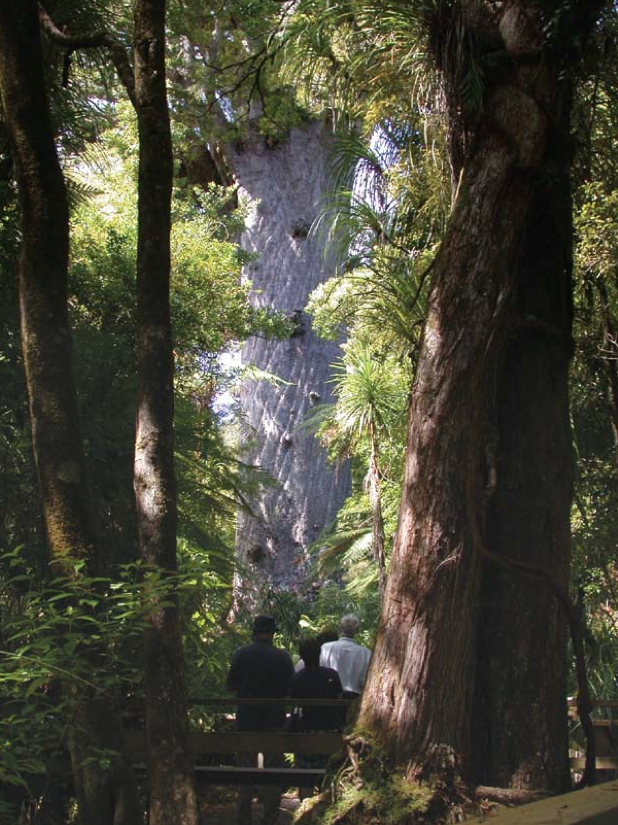1. Myanmar is more open to tourism than ever before. The country welcomed some 3 million visitors in 2014, about half of those international tourists. Five million tourists was a target set for 2015, although the numbers are not in yet. The number of tourists to Myanmar (Burma) is exploding because tourists may now enter freely after acquiring a visa online and picking it up on arrival; they can travel freely throughout the countryside without escorts (this was not the case during my first visit in 2006); and Myanmar is the most authentic and untouched of all the countries in Southeast Asia. Tourists are rushing to see it before it turns into another Thailand. So now is the time to go!
My husband and I chose Myanmar as our international vacation destination for 2014. Because of skyrocketing tourism, hotels tended to be scarce during the high season, so we chose to leave in October and return in early November. We booked through Enchanting Travels, Myanmar. They organized an independent “slow travel” tour for us via auto and plane, with a local tour guide at each destination. Our round-trip tour included the bustling city of Yangon, the fertile farms of Shan state, the mountain villages of Pindaya, the fishing villages of Inle Lake, the stupas of Bagan, a two-day cruise up the Irrawaddy River to Mandalay, and relaxing at Ngapali beach, where I had an opportunity to journal before heading home.

You can access my blog posts and photos about my trips to Burma here:
Why Go to Myanmar?
Burma in My Blood
Walking a Village in Myanmar
Burma, My Next Favorite Place
I recommend booking hotel rooms in advance through a local travel company—at least for the first few days of your trip. Cash is king in Myanmar. You can exchange dollars for kyats as you go. Credit cards are not widely accepted but ATM machines are readily available. WiFi is like dial-up internet of the 1990s in most places, but that only forces you to adapt to the slow travel approach. Just be patient, take it easy, and enjoy the spectacular scenery and friendly people. Pack for hot weather. The “peak season” to visit with the best weather is from November to February. We traveled in October during the “shoulder season” because we wanted to be home for Thanksgiving. If you visit in other months, you’ll suffocate (110F/45C in Yangon) or you’ll soak during the rainy season.
2. Cartagena, Colombia is one of the most charming cities we visited during our entire sailing circumnavigation. Now you can fly there from almost anywhere in the world. The city holds a special place in my heart because this was our refuge from a Force 10 storm that we encountered off the coast of Venezuela during the Maiden Voyage of Pacific Bliss. In fact, I wrote this about Cartagena in Chapter 7 of In Search of Adventure and Moments of Bliss: Maiden Voyage:
Cartagena is a magical place that must be experienced at least once in a lifetime. But a word of caution: Once you come to see her, you will dream about when you can return. From its charming, old walled city to its historic naval and land fortifications to the posh, modern high rises and its tourist beaches, Cartagena dazzles and thrills. However, this is a city that cannot be devoured; she needs to be savored—slowly and deliciously. Mark my words: Gunter and I will be back!
The photos below are taken from Maiden Voyage.
This slideshow requires JavaScript.
Although we haven’t returned to this marvelous destination yet, rest be assured, it is on our bucket list! If you want to see the city, just book a hotel and take a city tour or travel around by cab. Be sure to spend a full day in Old Town Cartagena. While you’re there, you might want to take one of the many Spanish language courses offered. Or you might want to book a day sail to Islas del Rosario for some swimming and snorkeling. If you’re more adventurous, contact Worldview Travel about one of their jungle tours.
3. I never tire of Bali, Indonesia. But beware: Once you go there, you’ll return again and again. Bali has a special significance to me because Gunter and I spent our honeymoon there back in 1995. We rented a hotel at world-famous Kuta Beach, not far from populous Denpasar. If you like loud music and crowded beaches, this is for you. If you are more adventurous, you can do what we did. We checked out of our hotel after two noisy days and booked a four-day boat trip to Lombok and then to the Komodo Islands to see the dragons. Back in Bali, we spent the second week at the far side of the island, at a quiet beach resort with a volcanic, black-sand beach. We were instructed to hit the dong of a wooden carving outside our door to call for coffee service. Later, a server asked us, “Did you know that Mick Jagger slept here—in your bungalow?” Hmm. But our favorite part of Bali was the traditional town of Ubud in the interior, where we watched Balinese processions, visited carving and silver shops, and took in a Legong Dance at the King’s Palace.
When we visited Bali the second time, during our world circumnavigation, we knew exactly where we wanted to stay. With Pacific Bliss safely berthed at the Bali International Marina, we took a taxi to Hotel Tjampuhan on the outskirts of Ubud. For one week, we enjoyed a totally hedonistic experience in a secluded hillside bungalow overlooking a lush valley. Birds called back and forth, their high notes overriding the deeper sounds of rushing water far below. Squirrels raced up tall tamarind trees and red hibiscus blooms added color to the verdant landscape. We swam in a cool, spring-fed pool, and enjoyed side-by-side massages at a spa dug into the hillside above the waterfall. In the cool of the evening, we walked into town and enjoyed performances at The Royal Palace. Later during our sojourn in Bali, we booked a few days with friends in Sanur Beach—a much better alternative to Kuta. I haven’t been back to Bali since the advent of Elizabeth Gilbert’s Eat, Pray, Love book and movie but rest assured, this island will never lose its charm.

4. Vietnam is a must visit that combines history and beauty—and they openly welcome Americans. We visited Vietnam in June 2006, along with a cruising couple who had set up our private tour for four with a local travel agency, Focus Travel. That worked out well because we could share a van and driver. In fact, the total cost for each of us to tour there for 10 days, including guides, private transportation, four-star hotels, tours, a cooking class, 10 breakfasts, 4 lunches and one dinner, plus domestic flights from Hanoi to Danang and from Hue to Saigon was $673. We flew from Langkawi, where Pacific Bliss was berthed, into Hanoi and out of Ho Chi Minh City (formerly Saigon).
Vietnam has over 2,000 miles of coastline and our route from Hanoi to Saigon covered most of it, backed by central highlands and jagged mountain ridges throughout most of it. Fertile farms line the rivers and deltas. We loved Hanoi with its charming French colonial boulevards and landscaped lakes. The city was a wonderful mixture of old and new. In addition to taking in a Water Puppet show and a Vietnamese cooking class, we toured the Military Museum and the sobering Hao Lo Prison Americans called the “Hanoi Hilton.”

We found the people giving, gracious and anxious to please. I was fascinated to learn what the younger Vietnamese think about what they call “The American War:” According to them, that was but a blip in their history, following a1000-year war against China and a 30-year war against France. Yes, the older generation of Vietnamese are battle-hardened, proud, and nationalist. But for the energetic younger generation (the median age is 29) Vietnam is a place to succeed, to earn a lot of money, and to have a good time. They care little about politics; they were born since all those wars occurred.
From Hanoi we drove along the coast to Halong Bay, a World Heritage site, then flew to Danang with its stretches of unspoiled sandy beaches, and drove on to Hoi An to relax at a beach resort for a couple of days. In a town famous for its tailors, we dropped off clothing to be “copied” and picked up the next day. Next we drove over the mountains to Hue, the former capital city of Vietnam where we took an evening barge trip down the Perfume River. We flew to Saigon and checked into a 1920s hotel in the heart of downtown, great for shopping and touring a city that, in 2006, had no McDonalds, KFC, or chain stores of any kind. From Saigon, we toured the Mekong Delta and then drove through industrial areas south of Saigon—car assembly plants, and numerous manufacturing complexes. There, we could see that rapid industrialization was underway.

With over 90 million inhabitants in 2014, Vietnam is the world’s 13th most populous country. A full 65% of its population is under 30. Since 2000, the country’s GDP growth in has been among the highest in the world, with the U.S. as its largest trading partner. When we were there, the populace was very excited about joining the World Trade Organization in 2007. Since then, much has changed dramatically, so if you want to see parts of the old Vietnam with the simpler life, go there soon!
5. If you want a more adventurous vacation, check out Savu Savu or Fiji’s remote Lau Island Group. We sailed almost all the way around Fiji’s main island, Viti Levu, then left our yacht in Savusavu, on Fiji’s second-largest island, Vanua Levu. We had obtained a special permit in Suva to visit Fiji’s remote Lau Group for a thatched-hut-on-the-beach experience. Not easy, but it was a once-in-a-lifetime opportunity. Chapters 8 and 10 of Sailing the South Pacific, my second book in the adventure series, describes two sailing seasons we spent in Fiji, where we had too many adventures to list here. Feel free to ask for advice in the COMMENT section below.


What are your travel plans for 2016?




















